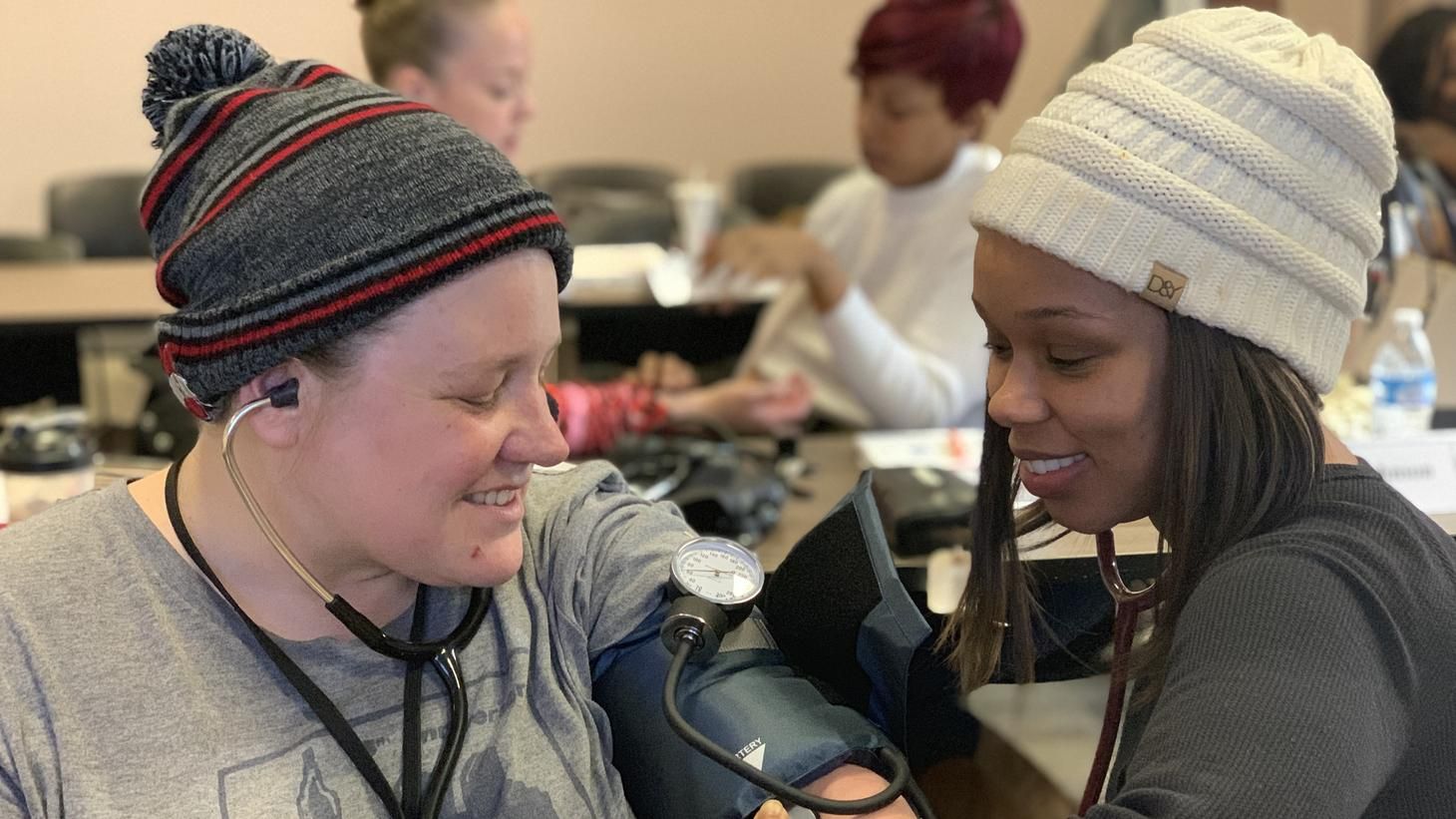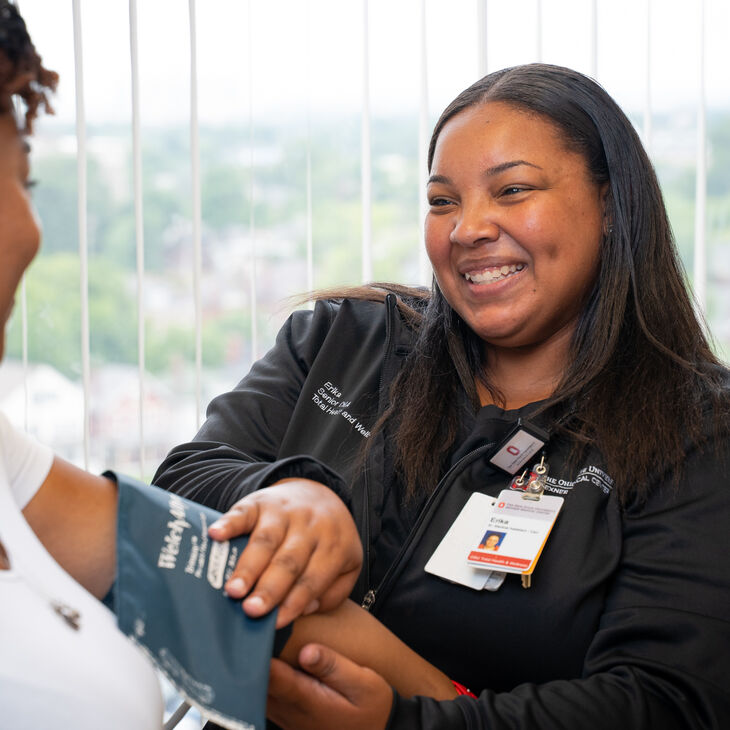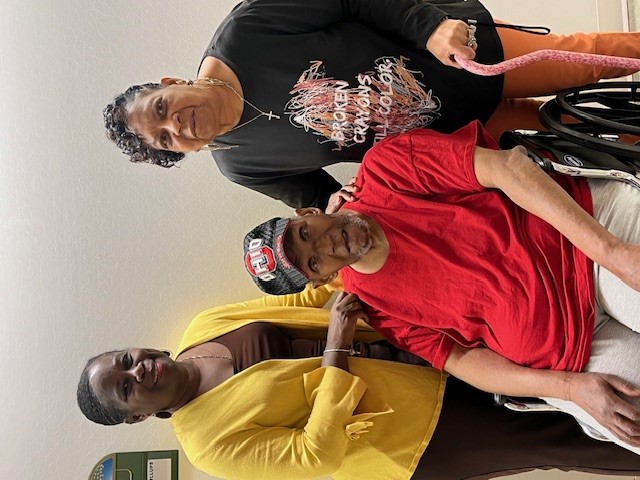by Karen Patricia Williams
Years ago while having a conversation with a friend who was pursuing her MBA, she mentioned the concept of mirror fallacy. This business concept means when you as the individual learn or discover something “new,” you immediately think you’re the only one who knows or discovered that which is “new”.
An example would be the idea of social inequities that are inclusive of health. This is not a new concept, but with the public exposure to the numbers of COVID-19 deaths among African Americans and other racial and ethnic medically underserved populations, some think this is new. Even as scholars, some have engaged in mirror fallacy as it relates to health disparities. Some have attributed health disparities to Dr. David Satcher, the 16th Surgeon General of the United States and Assistant Director of the Department of Health and Human Services (HHS), who came out with the bold goal to eliminate health disparities by 2010 and called for every agency, unit and division in HHS to have a plan to eliminate them. Other scholars may go back to the Heckler Report that outlined six causes of death that accounted for 80% of mortality among African Americans, Latinos, Asian Americans, American Indians and Alaskan Natives. The report also made recommendations. Still others go back to the turn of the last century by citing the 1906 work of WEB DuBois, The Health and Physique of the American Negro.
The unfortunate reality is that health disparities are still with us. As we think about our work in the College of Nursing in this historic land-grant university, we have to challenge ourselves that we are not going to continue business as usual. We have to challenge ourselves to talk and teach about the inequities of health, and now we must act. To move the needle toward health equity, it is paramount that we not think or act in silos; we must act as if the whole is greater than its individual parts and that no one person has all of the answers.
To address the complexity of health disparities we cannot afford to separate research from practice or policy. The complexity of the phenomena requires researchers, educators, clinicians and policymakers to collaborate. This will require us to bring our expertise to the table and engage in transdisciplinary team science.
Best practices indicate that homogenous teams are more socially cohesive, but they do not perform as well as heterogeneous teams on certain tasks such as innovation and intellectual tasks.1,2,3 We must challenge ourselves to move beyond the pedestrian questions or else our progress will be limited at best. We will want to remember that the complexity of the disparity did not happen overnight and making an effort to eliminate it will not happen quickly, but it can happen. This will take commitment, a plan and focus. The COVID-19 pandemic demonstrated that we are interdependent, and coming together to address health disparities benefits all of us.
Karen Patricia Williams, PhD is the Nursing Distinguished Professor of Women's Health and director of the Martha S. Pitzer Center for Women, Children and Youth at The Ohio State University College of Nursing.
References
- S.E. Jackson, K.E. May, K. Whitney Understanding the dynamics of diversity in decision-making teams R.A. Guzzo, E. Salas (Eds.), Team effectiveness and decision making in organizations, Jossey-Bass, San Francisco (1995), pp. 204-261
- F.J. Milliken, L.L. Martin Searching for common threads: understanding the multiple effects of diversity on organizational groups Acad Manage Rev, 21 (1996), pp. 192-199
- M.F. Wiersema, K.A. Bantel Top management team demography and corporate strategic change Acad Manage J, 35 (1992), pp. 91-121






